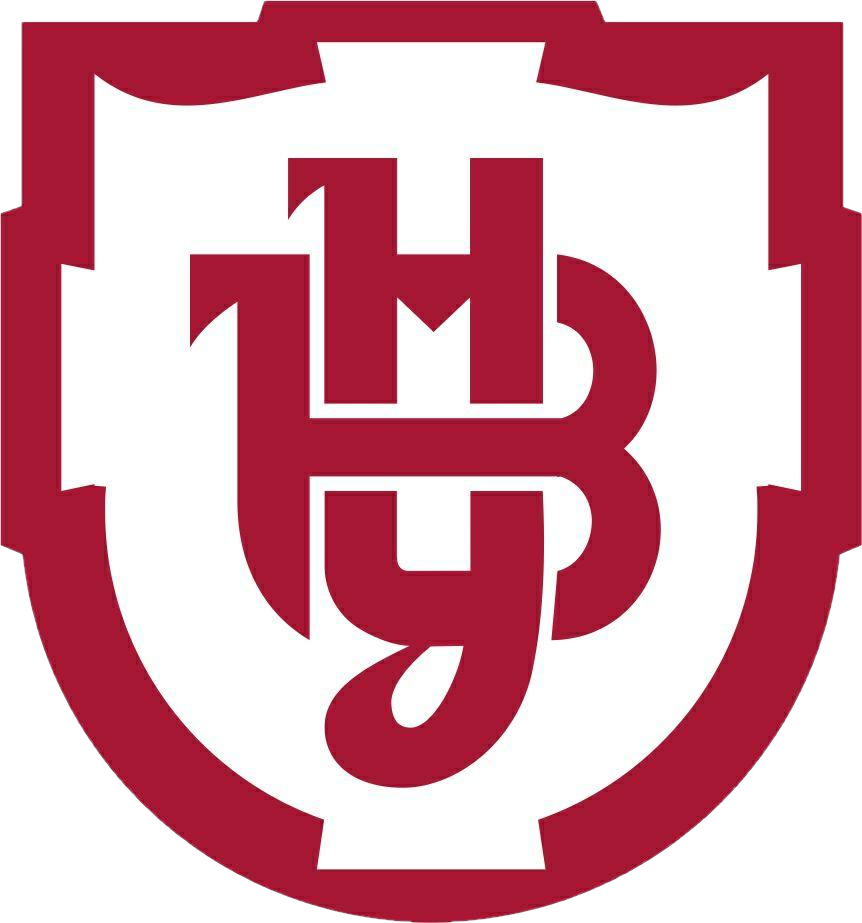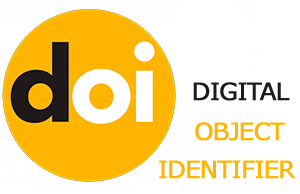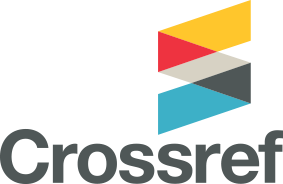DIGITAL ACCESSIBILITY AS A COMPONENT OF UNIVERSAL DESIGN FOR EDUCATION
DOI:
https://doi.org/10.32782/apv/2025.4.20Keywords:
digital accessibility, universal design, graphic design, information, digital environment, mediaAbstract
The article explores the scope of the concept of digital accessibility as a component of universal design for education.Universal design is defined as an approach to organizing the environment in such a way that it is equally convenient and effective for use by as many social groups as possible. When it comes to the universal design of messages that are created and transmitted using digital technologies, this area of universal design is referred to as digital accessibility.Attention is drawn to the growing popularity of the topic of digital accessibility and, at the same time, to the narrowness of its common understanding – mainly as an approach to creating digital products intended for people with disabilities. The article demonstrates how the shift toward digital media as the predominant type of media in education creates new forms of inequality in access to information. These inequalities are related to differences in hardware and software, quality of internet connectivity, and the increasing distance between educators and learners. The article emphasizes the importance of digital accessibility principles in improving the effectiveness of access to information and the ease of its perception in general. Many of these principles are related to general principles of graphic design, including the creation of focus areas, the use of illustrative elements, and the structuring of text. However, the development of digital technologies also leads to new forms of inequality among information consumers, such as the lack of support for certain file formats by their devices, and the excessively rapid evolution of device functionality and software. As a means of overcoming inequality – particularly among participants in the educational process – the universality of design for digital educational resources, documents, websites, and software applications is being implemented. At the same time, it is shown that digital accessibility applies not only to the creation of on-screen content, but also to the universal design of other media, including printed materials and 3D printing. Additionally, digital accessibility helps overcome barriers associated with other types of inequality, such as cultural or age-related differences. Thus, the article shows how the application of digital accessibility contributes to equalizing starting conditions for a wide range of learners and improving the overall quality of education in the digital age. It also outlines promising directions for further application of this approach to enhance educational quality.
References
Baglieri S. Disability Studies and the Inclusive Classroom. Critical Practices for Embracing Diversity in Education. Routledge, 2017, 268 p.
Burgstahler S. Universal design in education: Principles and applications. DO-IT & Publications, Washington, 2007. URL: https://www.washington.edu/doit/lesson-03-universal-design
CAST. Universal Design for Learning (UDL) Guidelines – Version 1.0. Universal Design for Learning, 2008. URL: https://web.archive.org/web/20080518032704/http://cast.org/publications/UDLguidelines/version1.html
Persson, Hans & Åhman, Henrik & Yngling, Alexander & Gulliksen, Jan. (2014). Universal design, inclusive design, accessible design, design for all: different concepts – one goal? On the concept of accessibility – historical, methodological and philosophical aspects. Universal Access in the Information Society. № 14. 22 p. doi: 10.1007/ s10209-014-0358-z.
Rao, K., Gravel, J. W., Rose, D. H. & Tucker-Smith, T. N. (2023). Universal Design for Learning in its 3rd decade: a focus on equity, inclusion, and design. In Robert J Tierney, Fazal Rizvi & Kadriye Ercikan, International Encyclopedia of Education (Fourth Edition), 2023, pp. 212-720. https://doi.org/10.1016/B978-0-12-818630-5.14079-5
Wells, M. B. Student perspectives on the use of universal design for learning in virtual formats in higher education. Smart Learning Environments, 2022, №9 (37), pp. 1-12. https://doi.org/10.1186/s40561-022-00218-6
Байда Л. (2020a). Простір без бар’єрів: як застосовувати в школі принципи універсального дизайну. НУШ. URL: https://nus.org.ua/2020/06/23/yak-zastosovuvaty-pryntsypy-universalnogo-dyzajnu-v-shkoli/
Байда Л. (2020b). Як застосовувати в школах універсальний дизайн, стандарти доступності й розумне пристосування. НУШ. URL: https://nus.org.ua/2020/06/22/yak-zastosovuvaty-v-shkolah-universalnyj-dyzajn-standarty-dostupnosti-j-rozumne-prystosuvannya/
Гребенюк А. В. (2025). Універсальний дизайн і цифрова доступність в організації освітнього процесу. Педагогічний пошук. Луцьк: ПП Іванюк. 2 (126), С. 8-11
Давиденко Г. (2023). Цифрова інклюзія та доступність: соціальна діджиталізація: монографія. Вінниця: ТВОРИ. 240 с.
Дія. Освіта (2023). Вебдоступність. Дія. Освіта. URL: https://osvita.diia.gov.ua/courses/vebdostupnist
Попов Д. (2023). Короткий посібник із цифрової доступності. Дія. Цифрова Освіта. 73 с. URL: https://www.undp.org/sites/g/files/zskgke326/files/2023-06/korotkiy_posibnik_z_cifrovoi_dostupnosti_-_ukr.pdf








